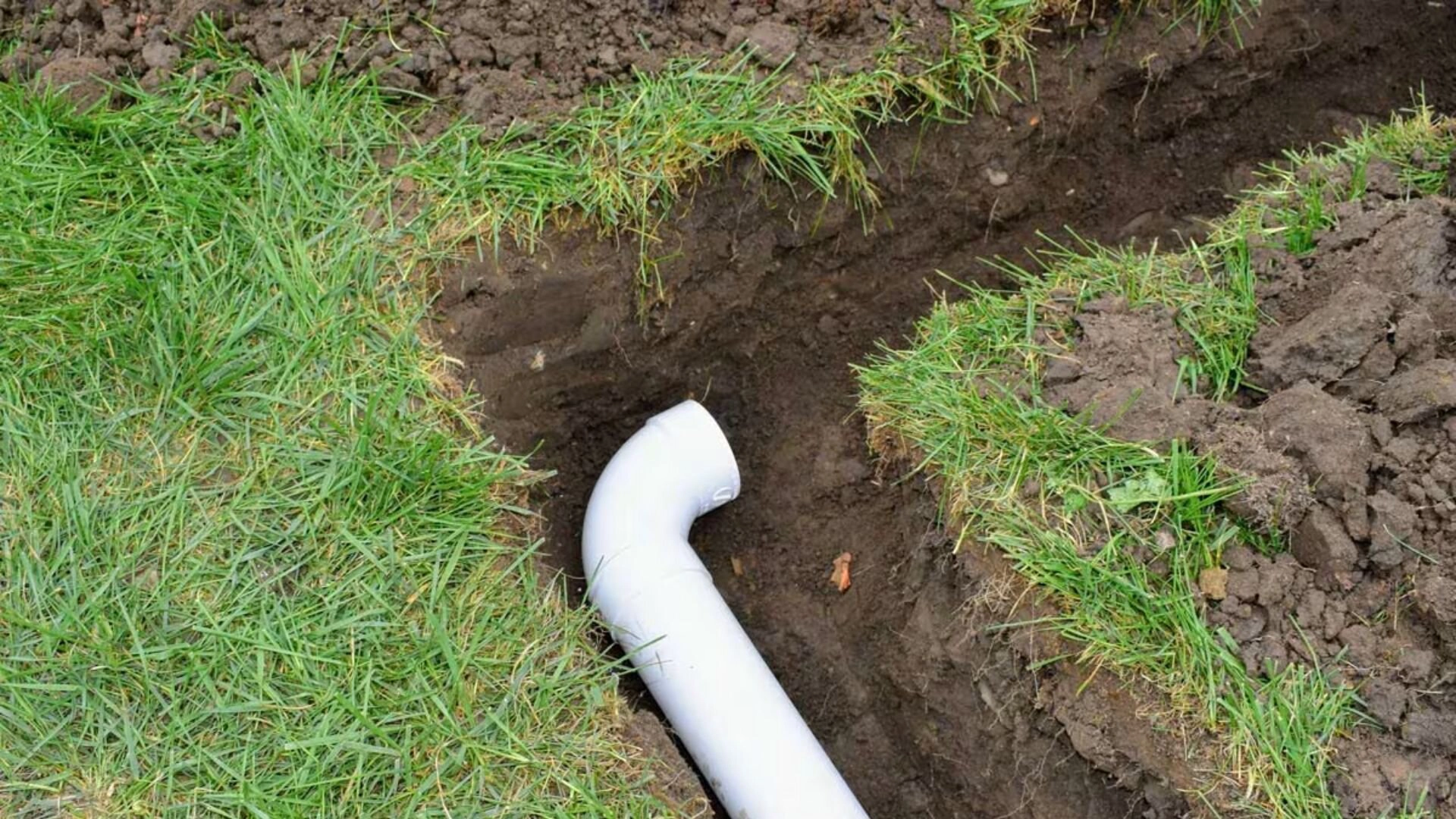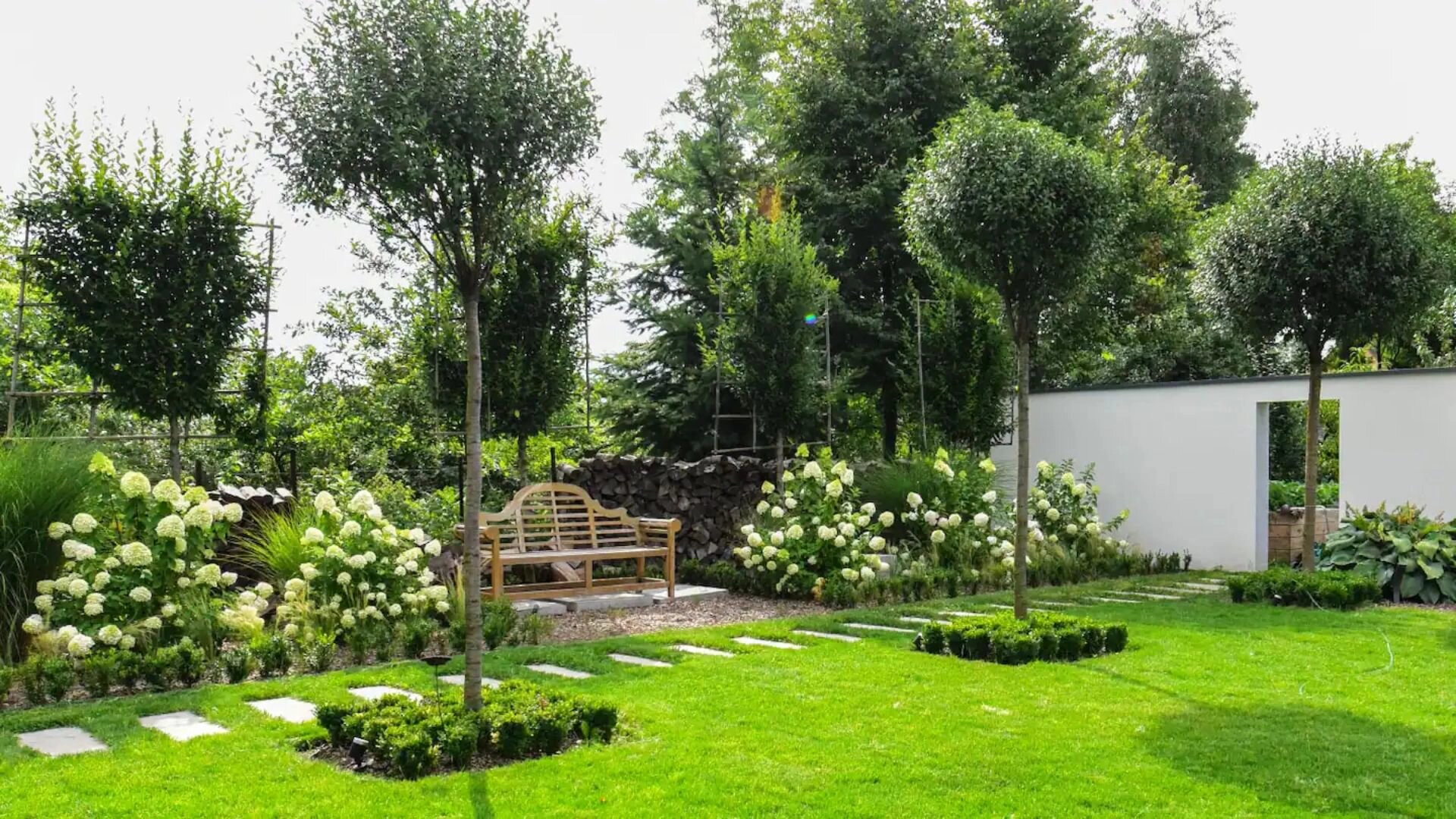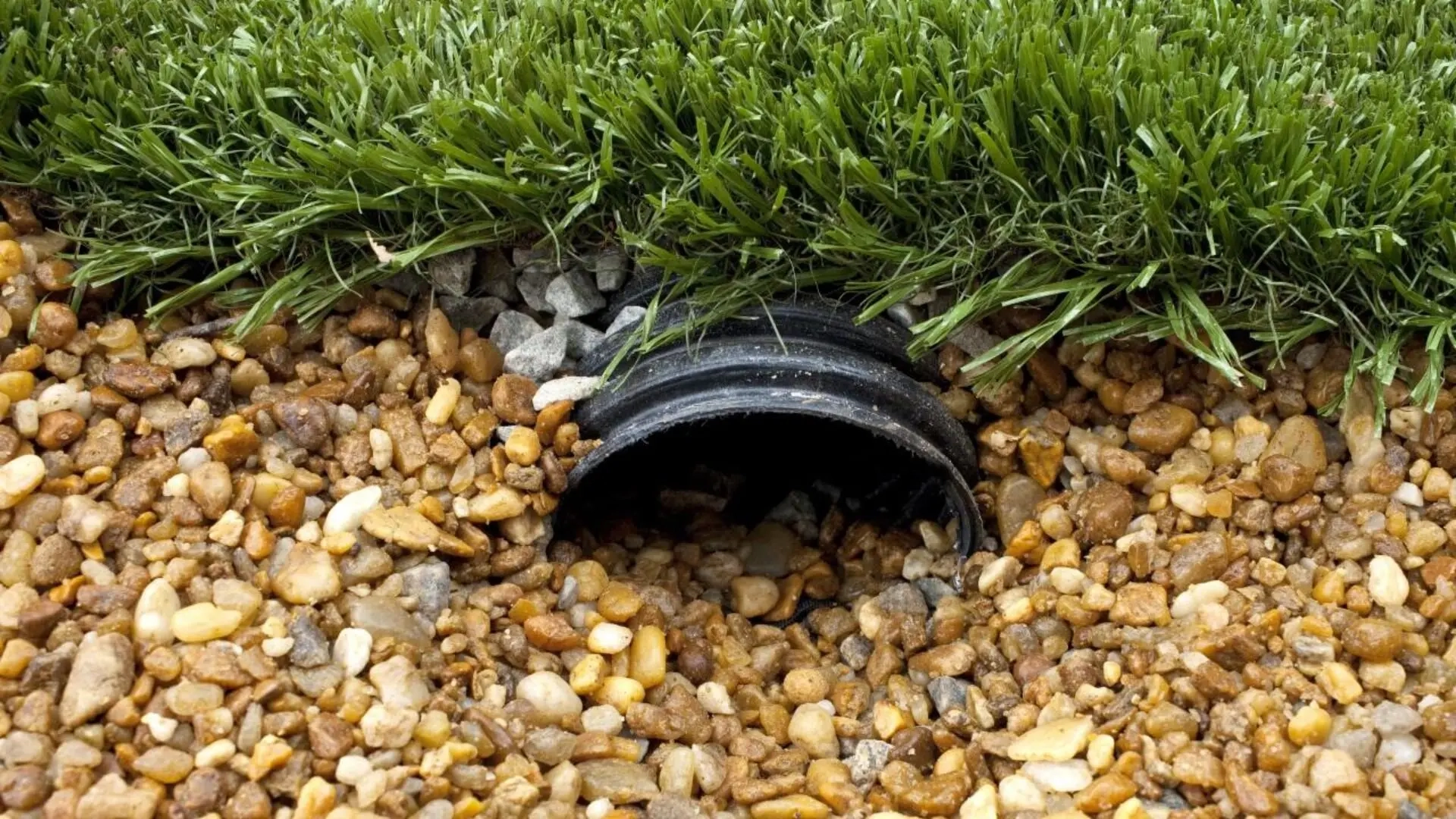The Impact of Landscaping on Drainage: What You Need to Know
Landscaping choices greatly impact drainage and flooding at your home. Elements like plant selection, soil type, and yard grading can prevent or cause water issues. Learn tips on gardens, lawns, and terrain from landscapers and plumbers to promote drainage.
After heavy rains, does your yard flood or puddle with standing water? Do downspouts direct rain right beside your home’s foundation? Does your basement or crawlspace tend to get wet and muddy? If you answered yes to these questions, your landscaping may contribute to drainage issues.
Many homeowners must realise that their landscaping choices play a major role in preventing or causing flooding and water damage. Everything from the slope of their lawn to the plants in their garden beds affects how quickly water drains away from their homes after spring rains or summer thunderstorms. Poor drainage damages their property and invites moisture into the house, fueling mould growth and rotting structural materials.
In this article, we’ll provide landscaping tips from professional landscapers and plumbers on controlling water flow on your property. With strategic grading, plant selection, gardens, tree placement, and porous surfaces, you can improve surface drainage and subsurface drainage to keep your home high and dry through the wettest weather.
Properly implementing proper drainage solutions, such as effective drainage systems, is crucial for protecting your foundation and preventing flooding headaches. By taking proactive steps in your landscaping, you can benefit your home’s health for years to come.
Read on to learn vital landscaping techniques to protect your foundation, prevent flooding, and keep your property well-drained through even the most intense rainfall.
Ensure Proper Grading
The slope and contour of your lawn are crucial for directing water away from your home’s foundation. For proper runoff, ideal grading creates a slope of at least 6 inches .

The ground should slope away from the house on all sides so water flows out into the yard and down toward municipal drain lines. Drainage swales and berms can also help channel water away from the property.
Signs your home may need regrading include pooling water near the home, visible soil erosion, sinking walkways, or watery basements after storms. While grading seems straightforward, getting the contours and pitch of the slope right takes skill. Hiring a professional landscaper is highly recommended to assess drainage issues and regrade areas to improve water flow and prevent flooding near your home’s exterior and foundation.
Understanding Strategic Plant Selection
Choosing the right plants plays a significant role in ensuring proper drainage in your yard. Deep-rooted, drought-tolerant native plants are excellent choices as they aid in absorbing and filtering runoff, promoting healthy plant growth.
Avoid planting water-loving trees like willows, maples, and poplars near drainage lines, as their invasive roots can clog the drainage system . Waterlogged soil can result from thirsty shrubs like azaleas and rhododendrons, which are best avoided near your home’s foundation. Opt for shallow-rooted plants like grasses, perennials, or ground cover instead.
Grouping plants with similar water needs into “hydrozones” is a practical way to simplify irrigation and highlight the importance of proper drainage. A well-placed rain garden featuring water-tolerant native species can manage runoff in low areas effectively. Consulting a landscape designer can help refine plant choices to support drainage, conserve water, and encourage healthy plant growth.

Native Australian Trees That Can Help Enhance Drainage
- River Red Gum - Eucalyptus camaldulensis - Deep roots, drought tolerant
- Lemon-scented Gum - Corymbia citriodora - Tolerates damp soil
- Swamp Paperbark - Melaleuca ericifolia - Handles wet soils well
- Silver Princess Gum - Eucalyptus caesia - Good for slopes, draws water from the soil
- Swamp Mahogany - Eucalyptus robusta - Roots absorb moisture from the soil
- Snow In Summer - Melaleuca linariifolia - Thrives in moist areas
- Currawong - Acacia doratoxylon - Deep roots, grows near creeks/drainage lines
- Black Sheoak - Allocasuarina littoralis - Tolerant to damp/boggy conditions
- Wollemi Pine - Wollemia nobilis - Very drought hardy once established
- Lemon-scented Tea Tree - Leptospermum petersonii - Tolerates periodic wet feet
Avoid planting invasive water-loving exotics like Willows, Maples, and Poplars near drainage areas. Select natives suited to periodic wet soils and zones where runoff collects to aid drainage. A landscape designer can help you choose the best plants for your conditions.
The Link Between Trees and Drainage
Tree placement is critical for good drainage. Avoid planting trees with spreading, shallow root systems too close to your home’s foundation or sewer lines.
Tree roots can quickly invade and clog pipes, causing backups. Large trees should be at least 10 feet from your home, and smaller trees at least 5 feet . Choose deep-rooted trees like oaks, conifers, and some maples planted in areas away from plumbing lines.

If planted wisely, the deep roots can help absorb runoff. You should also install root barriers to deflect roots away from lines for existing trees near plumbing. Prune encroaching roots regularly, too.
Professional root removal services can clear the blockages and restore flow if invasive roots have already entered your pipes. Use their drainage benefits with thoughtful tree selection and strategic placement to prevent plumbing damage.
Rain Gardens
Rain gardens are shallow landscaped depressions planted with water-tolerant native plants. They are often installed in low areas of the yard where runoff naturally collects.
The gardens are designed as bowl-shaped basins to temporarily hold and absorb rainwater runoff, allowing it to filter into the ground rather than pool gradually. Choose native plants for your rain garden, like ferns, grasses, sedges, and wildflowers that thrive in moist soil.
Install gravel or sand drainage at the bottom below the soil to facilitate infiltration into the ground. Rain gardens not only enhance drainage but also filter pollutants and provide habitat.
Position your rain garden at least 10 feet from the house foundation and slope away from any structures . An attractive rain garden can effectively manage runoff while adding curb appeal.
Permeable Surfaces
Impermeable surfaces like concrete and asphalt block water absorption and contribute to runoff. Consider installing permeable pavers, gravel, porous concrete, and asphalt in driveways, patios, and walkways.
These materials allow rainwater to filter through the surface and penetrate the soil below, reducing excess water runoff flow rate and volume. For proper drainage, ensure an uncompacted base layer of gravel below permeable surfaces.
Permeable options are more expensive upfront but pay off over time by reducing flooding and the need for effective drainage systems. Also, paved areas should be limited overall, and organic mulch or native ground cover plants should be used to absorb moisture. With the thoughtful design of hardscapes and softscapes, you can naturally use permeable surfaces to drain and divert water.
Proper drainage solutions, including subsurface drainage systems, are crucial to managing excess water and preventing poor soil drainage. They can also help prevent soil erosion and protect property.
In some cases, retaining walls may be necessary to implement proper drainage solutions and effectively manage excess water flow. By taking a comprehensive approach to adequate drainage solutions, you can safeguard your home and landscape from the damaging effects of poor drainage.
Thoughtful Landscaping for Flood Protection
Proper drainage is crucial to keep your home dry and prevent flooding, moisture damage, and foundation issues. By understanding how elements like grading, plant selection, gardens, trees, and porous surfaces impact water flow, you can make informed landscaping decisions that control drainage on your property.
Remember these best practices as you maintain and improve your yard’s design. Strategic landscaping tailored to enhance natural drainage patterns can make all the difference in protecting your home from the ravages of water damage.
If you’re noticing persistent drainage problems, contact Service First Plumbing for professional diagnosis and solutions . Our team has experience addressing drainage issues and can provide landscaping recommendations to improve water management on your property.
We also offer drainage system maintenance, sump pumps, French drains, and all plumbing services to keep your home’s water flowing correctly inside and out. Don’t wait for the next big storm to reveal your property’s drainage flaws. to learn about custom landscaping strategies to optimise drainage and direct water safely away from your home.